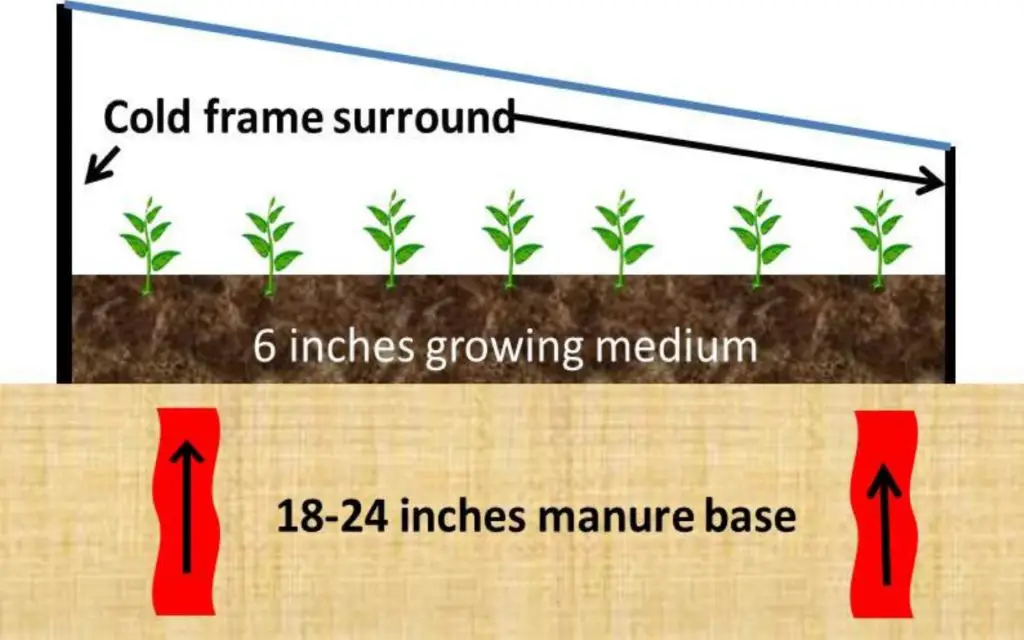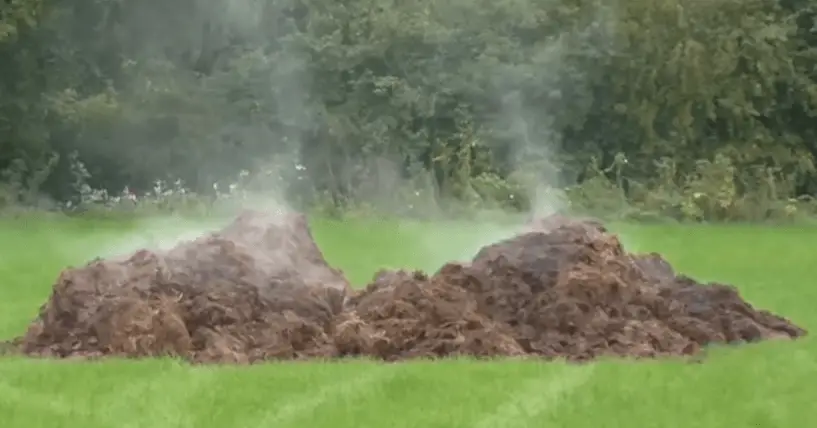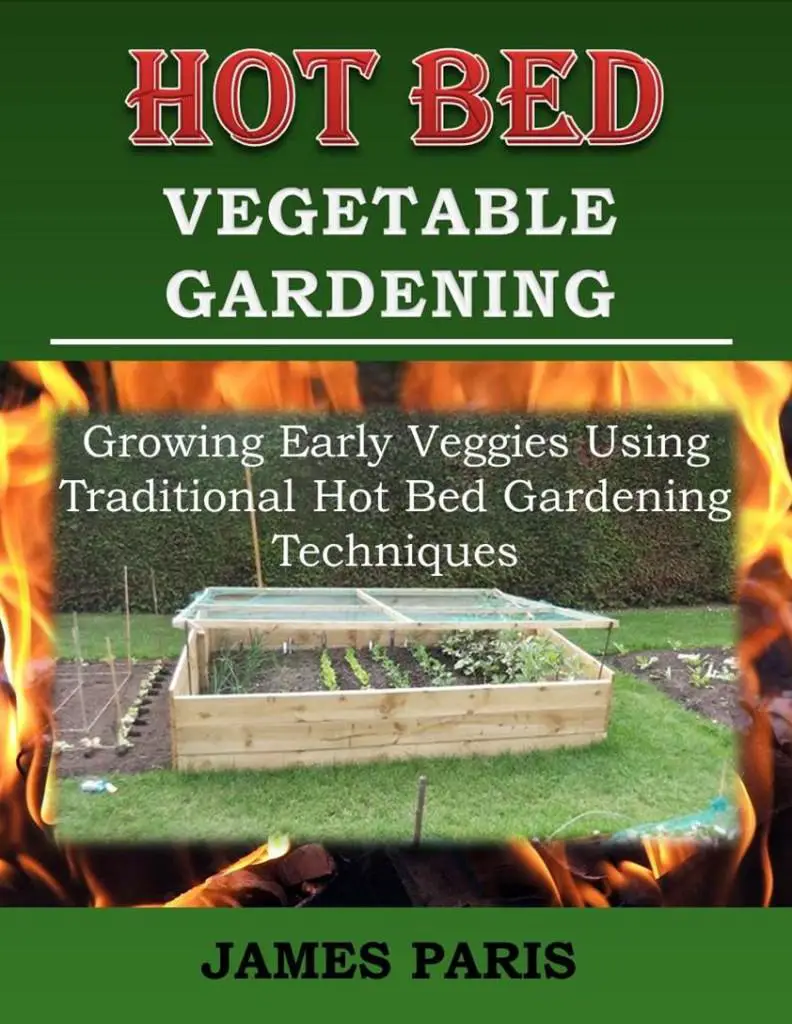
An extremely effective way to get an early start with your Raised Bed garden is to use it as a ‘Hot’ Bed. There are 2 main ways to effectively create a hot bed – artificial, with the help of hot water or electricity. Or natural, with the help of decomposing organic material.
– artificial, with the help of hot water or electricity. Or natural, with the help of decomposing organic material.
Using either of these techniques means a longer growing season as you can start earlier and finish later owing to the warmer nature of the growing medium.
An artificial Hot Bed can be created by laying a special layer of electric cable or blanket about 6-12 inches (150-300mm) below the surface. This depth is largely determined by the root depth of the plant you are growing.
Most soil heating cables are thermostatically set at around 70F (21c) although the more expensive models have adjustable thermostats fitted.
Make sure you have an electricity outlet close by. Lay out the cable according to the manufacturer’s instructions, then cover over with soil – job done!
The electric soil heater technique has the advantage of being quick to fit, and manageable with regard to heat control. However on the downside is the cost of the electricity – or indeed the supply itself.
An organic Hot Bed is a little more ‘manual’ but has the advantage in that it does not run up your electric bill, and feeds the crops over a long period – meaning no need for artificial fertilizers.
These organic beds are usually created within a cold-frame or Raised Bed . Either way in order to work effectively they have to be covered over to preserve the heat generated.
. Either way in order to work effectively they have to be covered over to preserve the heat generated.

This heat is generated by a layer of fresh manure, preferably horse manure. I emphasize the word ‘fresh’ If the manure has already decomposed then there will be little or no heat generated, and all you will have is the nutrient benefits of the manure itself.
As you may see from the illustration above. Fresh manure is placed in a trench, and the growing medium layered on top. As the manure begins to decompose it heats up the bed.
The details are simple no matter how you achieve the end goal. After placing the manure in the trench – or the complete base of the frame as in the preceding illustration – trample it down firmly, and soak completely before covering over with soil.
This will ‘kick-start’ the decomposition process, and assure you of good results.
A compost thermometer is handy in this instance to keep a check on the ground temperature before planting, otherwise especially in the early stages it may get too hot for the young plants.
thermometer is handy in this instance to keep a check on the ground temperature before planting, otherwise especially in the early stages it may get too hot for the young plants.
The heating aspect of a hot bed of this nature does not last forever – maybe 6 to 8 weeks. However the nutrients produced by the manure will last for many months – even into the next season.
If you have a greenhouse or polytunnel , then a Hot Bed can be very effective over the winter months for keeping the inside temperatures just above freezing. This makes it an effective way to over-winter plants that cannot withstand severe frosts.
, then a Hot Bed can be very effective over the winter months for keeping the inside temperatures just above freezing. This makes it an effective way to over-winter plants that cannot withstand severe frosts.
The way to achieve this is simply to make a wooden frame and pack in the fresh manure as before, covering lightly with soil. Leave uncovered. This will act as a warm radiator for your polytunnel.
Hotbed Tips for Success:
- Mulch Magic: Don’t underestimate the power of mulch! A light layer conserves moisture, suppresses weeds, and insulates the bed, maximizing the heat retention.
- Succession Planting: Maximize your hotbed’s potential by planning successive plantings. Start with cool-season crops like salad greens and radishes, and transition to warmer-loving vegetables as the soil temperature naturally increases.
- Seedling Care: Remember, tender seedlings need gentle care. Start them in flats or pots within the hotbed, and only transplant them once the ground outside has warmed adequately.
Go forth and conquer the chilly months with the power of hotbeds! Experiment with the two methods, discover what works best for your garden, and revel in the joy of early harvests and extended growing seasons. Happy hotbedding!

